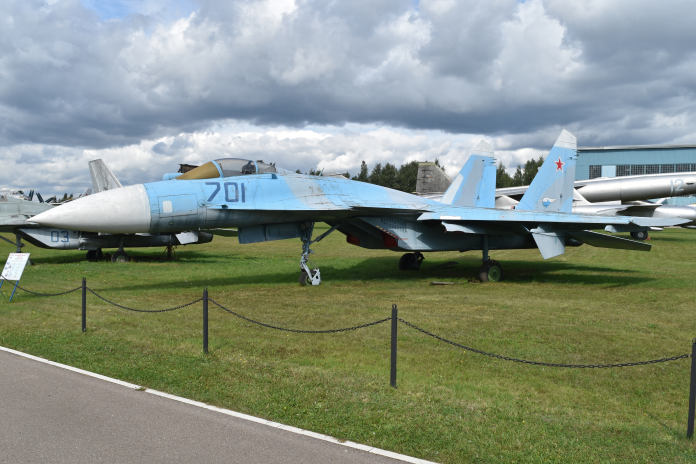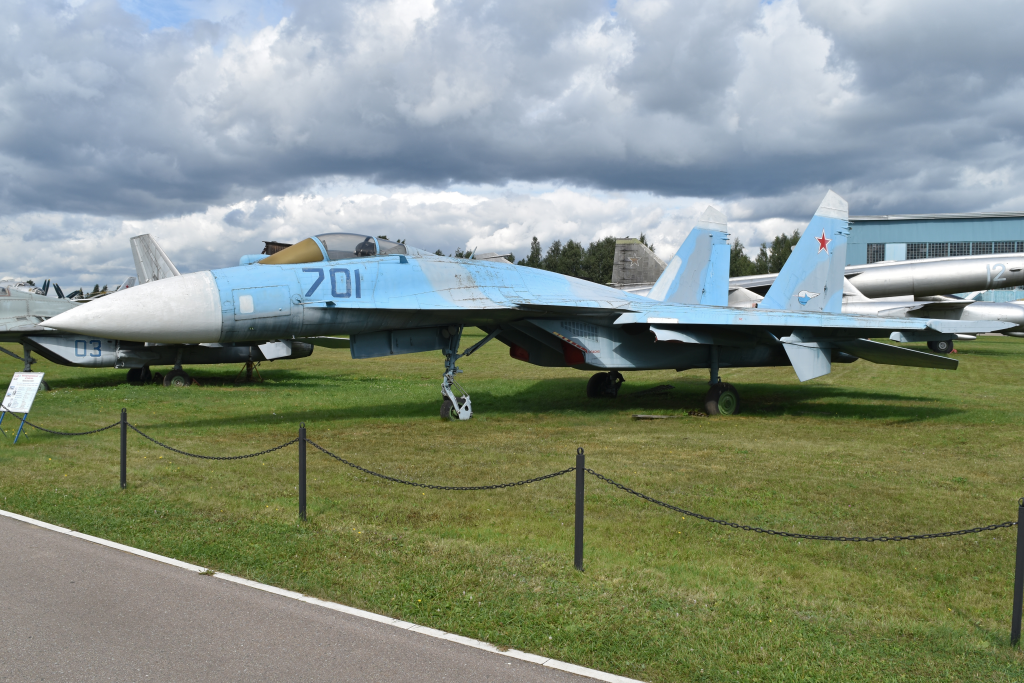
Six Russian pilots, two of them Su-35s, were brought down in three days while fighting over Ukraine in 2025 a gruesome reminder that superior hardware does not automatically mean survival in contemporary air combat. Russia’s best 4++ generation fighter, the Su-35 Flanker-E, has supermaneuverability, high weapon load, and advanced avionics. Still, when it is matched against Western fighters in Beyond Visual Range (BVR) combat, it somehow ends up in the losing column.

This imbalance is a function neither of pilot ability nor tactics of combat; it is a product of inherent differences in technology. Ranging from radar capability to realities regarding the employment of missiles, the Su-35’s advantage glows only within certain regimes of combat. Knowing these strengths and limitations explains why Western fighters are likely to set terms of engagement and why, under some conditions, the Su-35 remains a force to be reckoned with.

1. Legacy Airframe, New Systems
Su-35 is a very upgraded Su-27, with further developed design ideas within the Su-27/Su-30 generation augmented by new avionics, armaments, and lower radar visibility. United Aircraft Corporation emphasizes that it can engage either alone or within a battle group, perform simultaneous air-to-air and air-to-surface combat, and use high-precision guided bombs without penetrating air defense areas. Although these enhancements provide the Su-35 multi-role capability, its native airframe design is Cold War-era materials engineering program, constraining stealth and fifth-generation sensor integration.
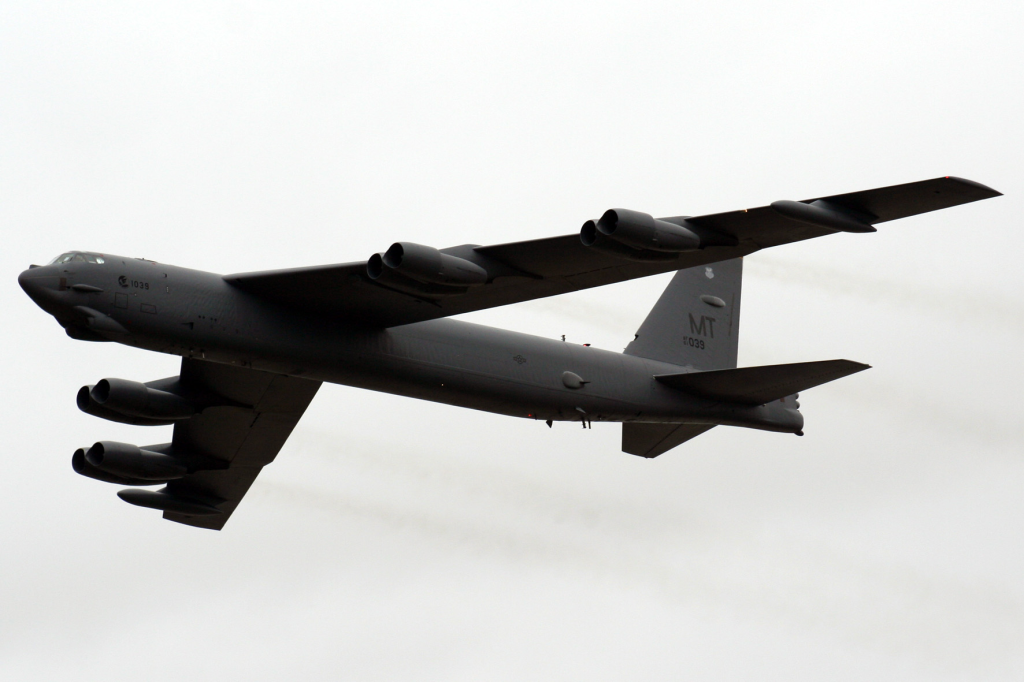
2. Irbis-E Radar Limitations
Irbis-E PESA radar is advertised at a detection range of 350 km in narrow field searches, but in realistic full-volume search, it reduces to around 200 km and that’s against bomber-sized targets. Aviation commentator Abhirup Sengupta reminded that even heavy targets like a B-52 need narrower ranges to pursue, at times less than 100 km. Without an AESA radar, the Su-35 falls short in range of detection, anti-jamming abilities, and the capability to detect low, stealthier aircraft in front of it before it turns into a target.

3. The R-37M Missile’s Unrealized Potential
Russia’s R-37M missile has a theoretical range in excess of 398 km and Mach 6-class speed to target AWACS, tankers, and ISR assets. Its use against stealth fighters is limited by detection range stealth targets such as the F-35 would only be apparent in front of Su-35 radar at 50–60 km. As retired US Navy Operations Specialist Eric Wicklund explained, “If your missile outranges your radar, your missile only has the effective range of your radar.” It renders the R-37M’s very high specifications of little value to BVR combat against low-observable foes.
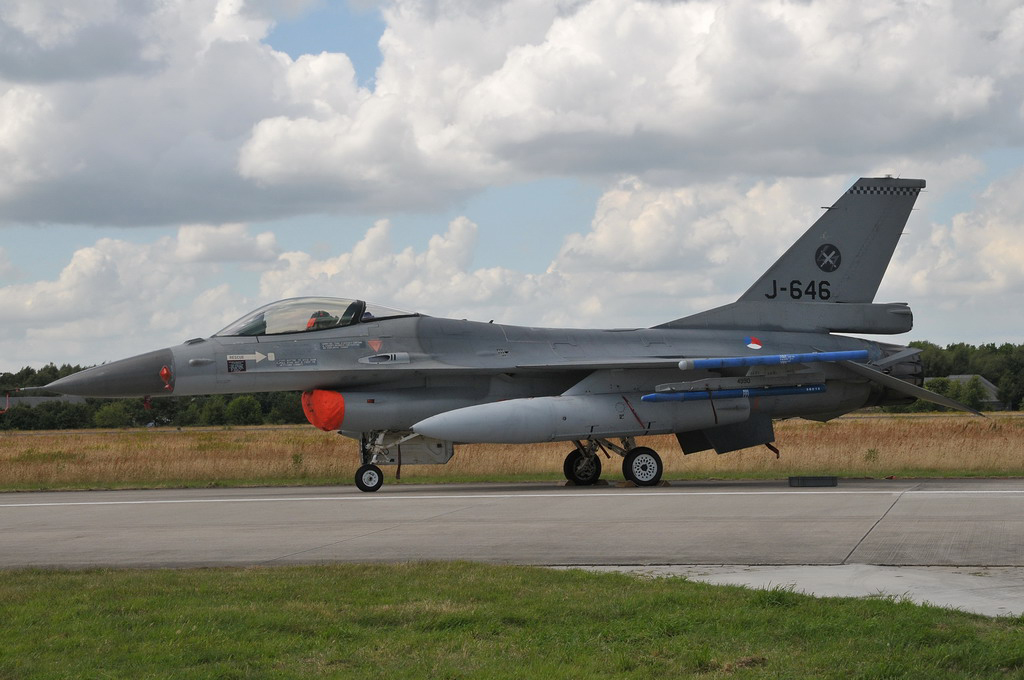
4. Western AESA Superiority
Western fourth-generation fighters like the F-16 with AN/APG-83 AESA radar have targets in detection range at a credible 370 km, longer than the Su-35 PESA. AESA radars provide longer range, resolution, and more effective electronic counter-countermeasures. This allows Western pilots to detect, track, and engage a Su-35 prior to when it is able to fire back, complementing the BVR advantage that underpins NATO air combat doctrine.

5. Vulnerability to Stealth
Stealthy fighters such as the F-22 Raptor and F-35 Lightning II take advantage of radar cross sections of less than 0.001 m², rendering them very hard to spot for the Su-35. The record of the F-22 in exercises and combat has demonstrated that the enemy seldom makes it even as far as 20 miles in BVR attacks. Against such combatants, Wicklund characterized the Su-35 mission as “near-suicidal” when forced to employ long-range engagements, noting the Russian vs. Western sensor difference.

6. WVR Benefits and Limitations
In WVR, the Su-35’s twelve-missile load and supermaneuverability make it menacing, particularly against non-stealth targets. High off-boresight missiles and thrust vectoring allow for aggressive dogfighting. But even there, the F-22’s stealth, sensor, and agility package cancels a lot of this advantage. Western doctrine is to win at BVR; otherwise, pilots may disengage instead of suffering WVR losses.
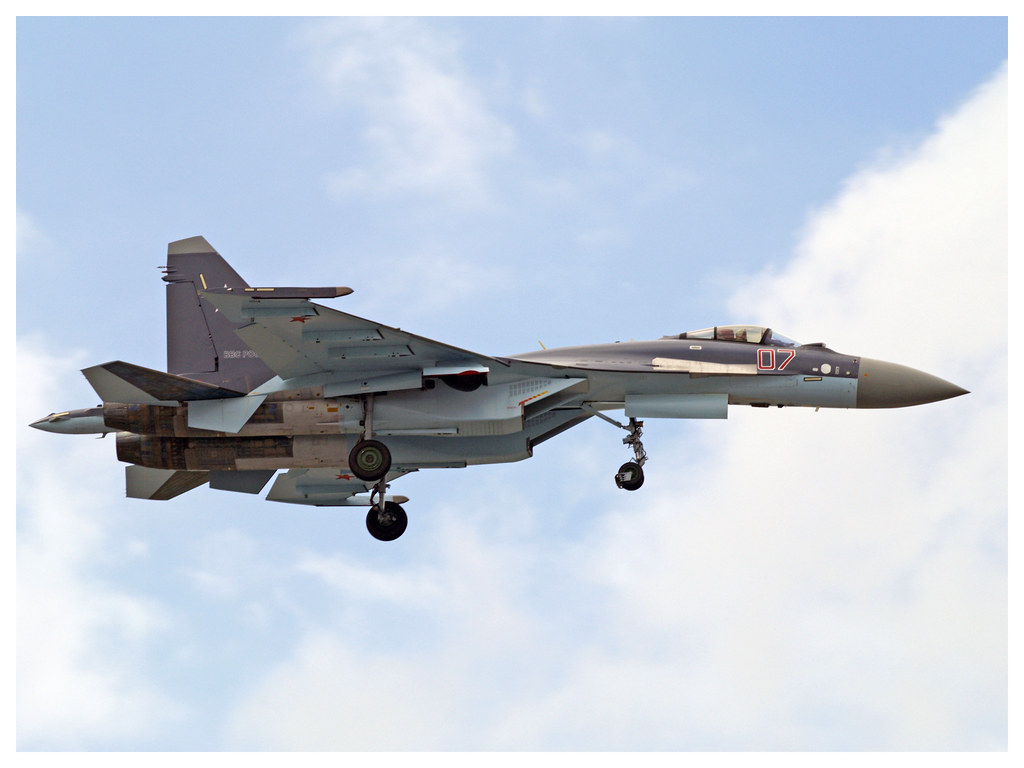
7. Electronic Warfare Deficiencies
Su-35’s OLS-35 infrared search and track system is constrained in comparison with Western rivals, targeting fewer and not imaging. In 2021, Egyptian Rafales were said to have jammed Su-35 radars using their SPECTRA electronic warfare system, then shot them down during simulated exercises. These scenarios illustrate how sophisticated EW systems can disable the Su-35’s sensors prior to weapons release, shortening its BVR aspirations even further. The Su-35 Flanker-E symbolizes Russia’s emphasis on missile range and kinetic performance, but modern air combat increasingly rewards stealth, sensor fusion, and electronic warfare survivability. In BVR battle, Western fighters employ AESA radars, low observability, and networked targeting to shoot first and disengage at will.
The Su-35’s actual vulnerability is WVR, where its agility and missile capacity will overwhelm inferior opponents but not against the F-22 and other cutting-edge aircraft, where even that edge vanishes. The result is a warplane that can dominate some battles, yet still is tactically at a disadvantage in the skies where most modern dogfights are decided. Six Russian planes, two of them Su-35s, were downed in three days in 2025 over Ukraine a bitter reminder that state-of-the-art gadgets do not ensure survival in today’s air combat. Russia’s state-of-the-art 4++ generation Su-35 Flanker-E fighter is endowed with supermaneuverability, heavy load of armaments, and avionics upgrade.

However, when it is compared to Western planes in Beyond Visual Range (BVR) combat, it is always in a losing position. This imbalance is not an issue of pilot proficiency or tactical procedure; it is founded on a basis of underlying technology differences. From radar limitations to the realities of missile utilization, Su-35 advantages only manifest themselves within constricted combat parameters. Appreciation of these strengths and limitations explains why Western fighters tend to create the terms of engagement and why, in some cases, the Su-35 remains an attractive threat.
